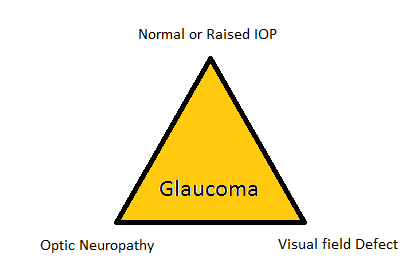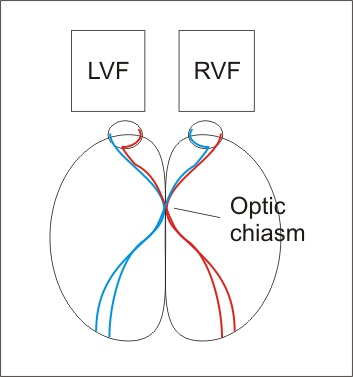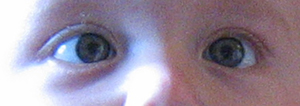The steps involved in ptosis examination are as under:
History
1. Duration: Whether by birth or acquired
2. When noticed
3. Predisposing factors: history of pregnancy, delivery trauma, medical conditions, etc.
4. Associated symptoms: e.g Jaw-winking, diplopia, dyspnea, tiredness
5. Variability: Time of day, progression?
6. Family Histroy: Blephrophimos, ocular myopathy
Examination:
1. Introduction and greeting
2. Visual acuity and refractive error (ambylopia in congested ptosis)
3. General examination of face and abnormal head posture
4. Examination of eyes:
- Brow ptosis/Blepharochalasis/ Dermochalasis
- Upper lid sulcus (involutional)
- Enophthalmos
- Lid retraction
- Epicanthal folds/ Telecanthus
5. Hirschberg positive or negative
6. Cover/uncover test (Hypotropia, 3rd nerve palsy)
7. Examination of pupils:
- Anisocoria (III nerve palsy, Horner syndrome)
- Heterochromia (Horner syndrome)
- Direct (RAPD)
8. Jaw winking
9. Torch + Scale:
- Verticle fissure height
- Margin reflex distance
- Upper lid crease
- Pre tarsal show
- Lid position on down gaze
In congenital ptosis, lid lag in down gaze
In aponeurotic ptosis, increases on down gaze
10. Scale:
Levator function (patient to look down, than hold brow to resist frontalis action)
11. Bead Target:
Extra Ocular movements:
a. First observe extent of action making H (3rd nerve palsy, congenital elevation)
b. 2nd time observe:
i. Horizontal: Decreased palpebral aperture on adduction (Duane)
ii. Vertical
i. Elevation:
a. Fatiaguability of ptosis
b. A/V pattern
ii. Depression:
a. Reversal of ptosis
b. Lid lag
c. Cogan twitch
12. Palpation:
a. Feel periorbital skin:
i. Anhidrosis
ii. Temperature
b. Ask patient to close eye (lagophthalmos)
c. Raise ptotic lid to see droop in contralateral eye
d. Bells phenomenon
e. Palpate orbital margin and soft tissue (injury/mass)
13. Cotton swab:
a. Corneal sensation
b. Cheek sensations
14. Direct Ophthalmoscopy:
a. RP
b. DM/HTN
15. Slit Lamp:
a. Dry eye
b. Giant papillae
c. Ocular surface irritative lesion
d. Contact lenses
16. Ice pack test if indicated
17. Thank the patient
Summary:
Torch–> Scale–> Bead target–> Palpation–> Fundoscopy–> Slit lamp
How to Explain Ptosis?
- General comment: My patient is a middle aged man having moderate ptosis in right eye with good LF and high ULC
- On Torch exam: There is no sign of pseudoptosis , central hershberg, no tropia on cover test and reactive pupils
- On EOM: There is full range EOM with no fatiguability or AV pattern tropias and no lid lag
- On palpation: There is no lagophthalmos, good bell’s phenonmenon and equal sensations on both sides.
- Fundoscopy: Reveals no hypertensive or diabetic retinopathy
- SLE: Shows no dry eyes, GPC on any corneal staining
 howMed Know Yourself
howMed Know Yourself




